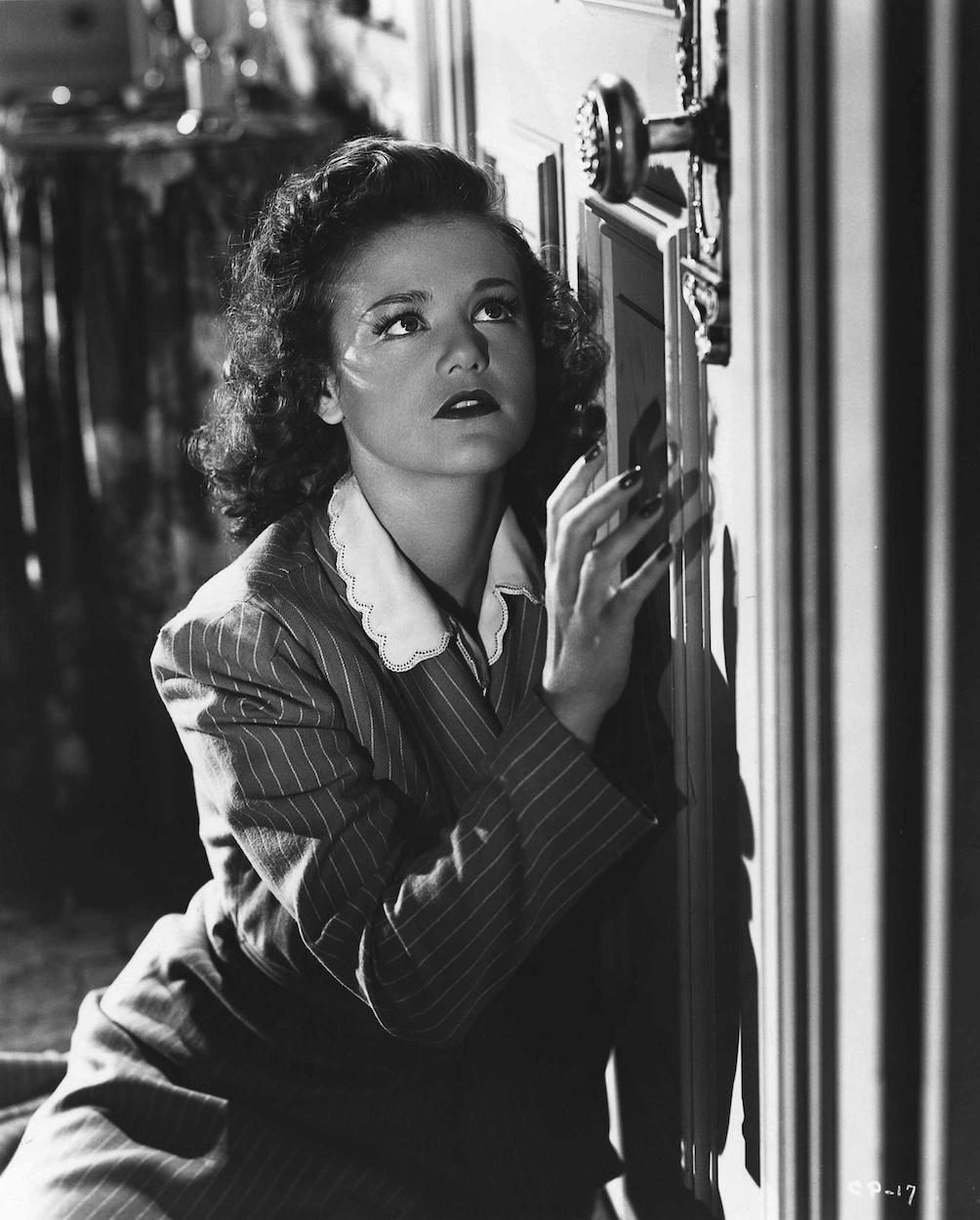
TO WATCH: “THE MASTERMIND” BY KELLY REICHARDT
An outsider in the 1970s, bored by suburban life and driven by vanity, plans an art heist…

„I’ve lived in dread of this moment. I’ve never wanted to love you.“
Cats have long been linked to darkness. Black cats in particular carry the stigma of bad luck and disobedience. Their image has repeatedly been associated with femininity, not as a compliment, but as a warning. Traits like danger, deceit, and seduction have been projected onto them, turning the cat into a coded symbol of female independence, and the fear it provokes.
In Cat People (1942), Jacques Tourneur tells the story of Irena Dubrovna, a Serbian artist living in New York. She believes she is bound by an ancient curse, doomed to turn into a panther whenever passion awakens within her. To protect the man she loves, she must suppress what feels most alive within her. Every kiss could awaken the beast and destroy everything she longs to hold onto. Bound by superstition, she lives outside Christian virtue, destined to sin.
The film is less about the childhood trauma caused by fairy tales and more a dark fairy tale in itself. Through quiet gestures and subtle symbols, Tourneur creates an atmosphere of unease in which disbelief surrounds Irena, yet every panther-shaped shadow seems to confirm her reality.
At its core, Cat People is an intimate story about the dread of one’s own desires. It explores the weight of female repression in a patriarchal world, how society demands control over passion, and the collision between modernity and lingering superstition. Irena’s fear embodies the horror of intimacy, the cost of restraint, and the struggle to exist in a world that will neither fully understand nor accept her.

An outsider in the 1970s, bored by suburban life and driven by vanity, plans an art heist…

This autumn the Gropius Bau in Berlin opens a new exhibition by Ligia Lewis, running from…

A story of a young boy’s search for hope and meaning in the simple act of finding a…